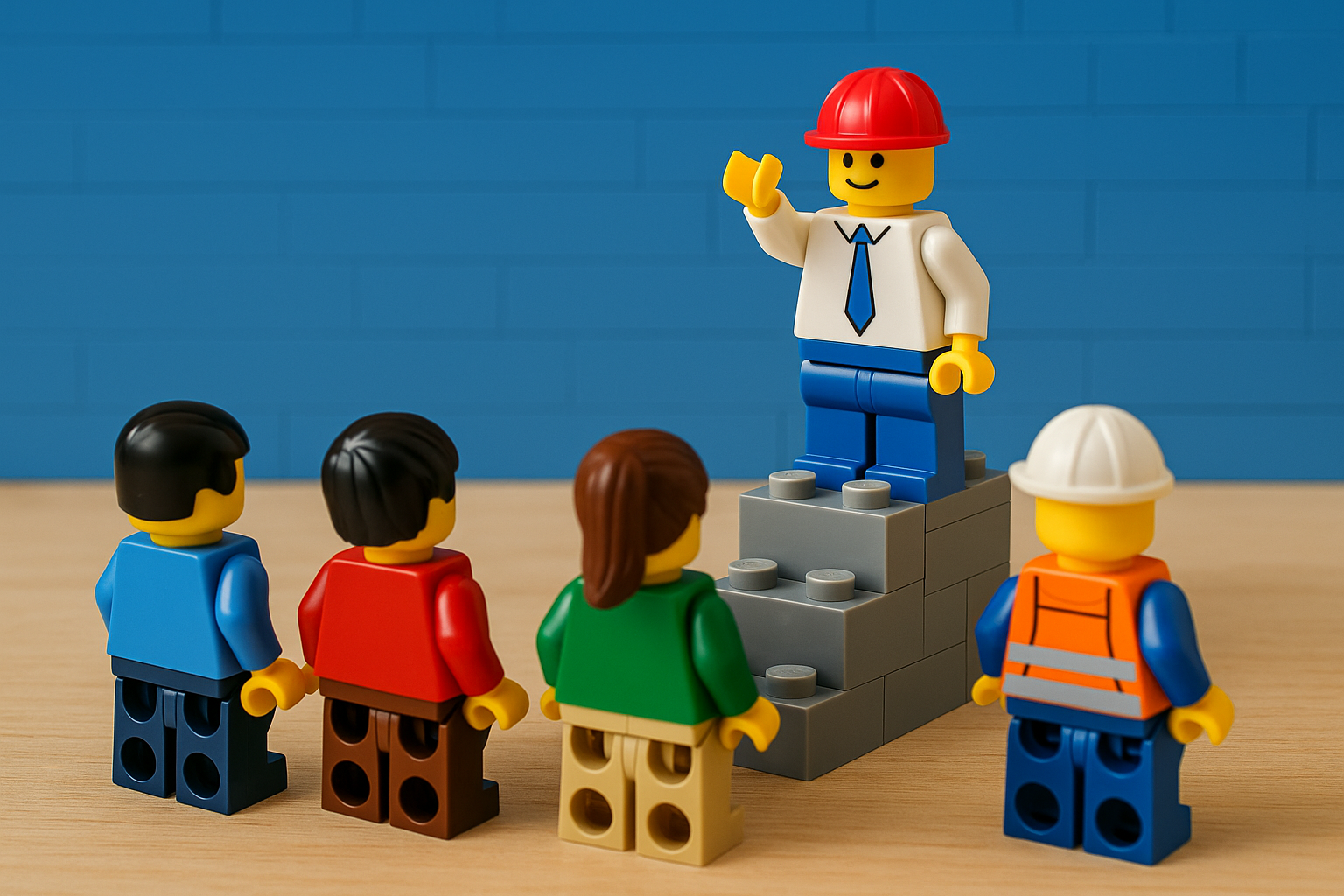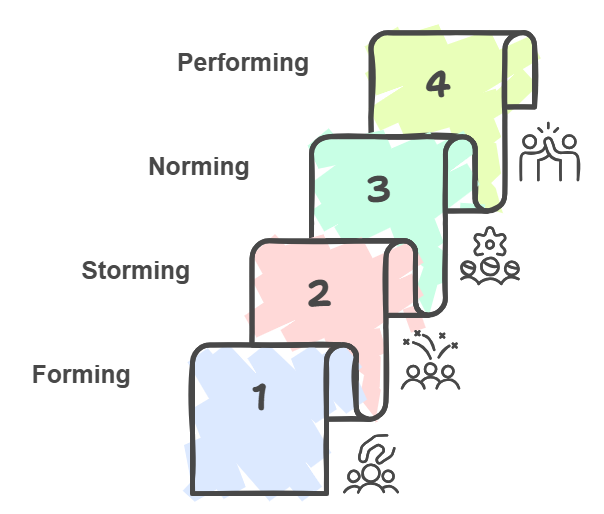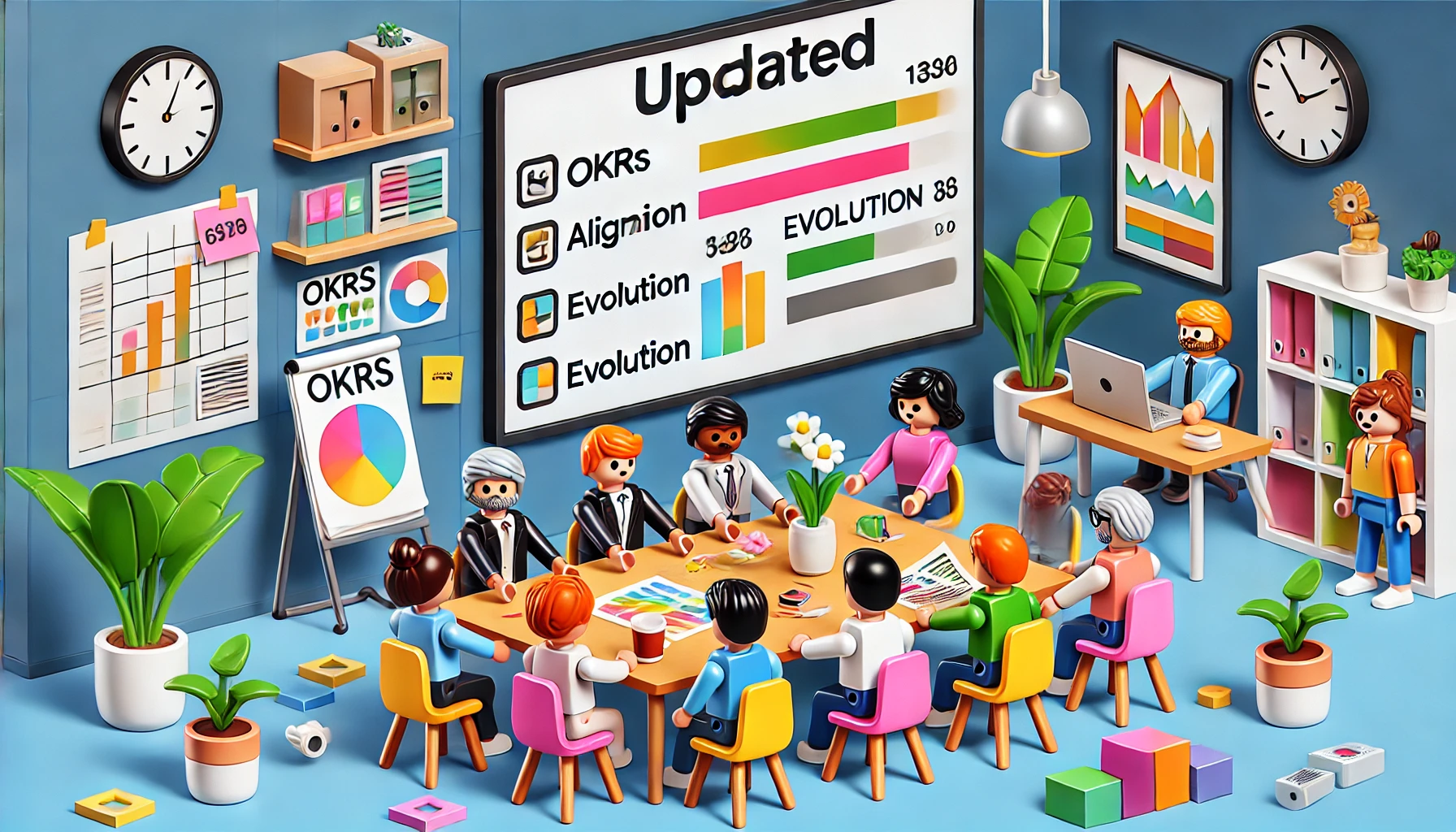
Leading is easy… until people show up.
And when those people form a team, with their stories, fears, talents and contradictions, leadership ceases to be a matter of technique and becomes a practice of sensitivity.
It is not enough to give clear orders. Nor is it enough to motivate or facilitate. Because what is needed in a team today… may be exactly what is blocking it tomorrow.
And what worked yesterday is in the way today.
You have to know how to read when to push, when to hold and when to step aside.
Teams do not move in a straight line. They form, they get confused, they rearrange, they overcome.
And each of these moments demands something different from the leader.
The most common mistake is not getting it wrong.
It is insisting on always leading the same way.
Leading well is not leading hard.
It is leading just right. And to do so with an awareness of what is going on in the team beyond what is seen in meetings.
Stage 1: When it all begins – structure, rules and certainties
Every team starts with a mixture of illusion… and an invisible load of doubts.

Who makes decisions? What is expected of me? Where does my responsibility end and the other’s begin?
At this stage, the team needs clarity, structure and containment.
Not yet autonomy.
If not offered, anxiety masquerades as passivity or dispersion.
Here, leadership in Agile teams must provide a framework: roles, agreements, ground rules.
Not as a control, but as a secure basis for building relationships and collaboration.
Beware: if you fall in love with control and don’t release it in time, you stifle the team’s growth.
Question for you:
Are you offering the clarity the team needs now, or waiting for them to figure it out on their own?
As an organizational consultancy, we work these first phases with tools that allow us to organize without over-controlling.
Stage 2: When everything is tense – conflict, conversation and purpose
After the start comes reality: egos, fears, tensions appear.
And although uncomfortable, this is a sign of life.
It’s not a question of if it will happen. It is a question of when.
All growing equipment undergoes friction.
Conflict is not the problem.
The problem is avoiding it.
Here, the role of the leader changes: he/she is no longer the one who provides structure.
He/she is the one who holds the space of tension, so that it does not break, but is not ignored either.
Facilitate difficult conversations. Name the unsaid.
Invite the team to find its real purpose, beyond individual or company goals.
A team that does not go through this stage is trapped in a false harmony: it seems to work, but does not withstand crises.
Question for you:
Are you willing to go along with your team’s conflict… or are you maintaining an apparent calm?

Stage 3: When the team meets – agreements, trust and fluency
Little by little, the team finds its rhythm. Friction decreases.
Decisions are shared. Listening is deeper.
Agreements are meaningful, not just written down.

Here, leadership is lightened without disappearing.
You no longer lead from the center, but from the culture that the team has created.
Your role is to sustain the environment, facilitate adjustments, protect the focus.
It is time to observe more and act less.
This is the space where trust is consolidated, humor appears, and team rituals are born.
Question for you:
Can you stop being the center… and trust what the team holds without you?
As an Agile consultancy, we use the Tuckman model and tools such as TPA (Team Power Agent) for leaders to adapt their style to each moment of the team.
Stage 4: When it all fits together – autonomy, impact and invisible leadership
In some teams, there comes a special moment: they function like a living organism.
They decide, create, take care of themselves and adapt without needing constant direction.
They don’t just deliver. They transcend it.
Here, leadership does not disappear. It transforms.
You are available, but not present all the time.
You intervene only when necessary. You listen more than you speak. You ask more than you decide.
Your job is no longer to guide… but to enable.
And yes: the ego suffers. But the team flourishes.
Question for you:
Are you ready to lead from the sidelines and celebrate that you are no longer needed as before?
What if the team starts over?
Come in. Someone new arrives. A key player leaves. The context changes.
And the team that was flowing… falls apart.
It is not a mistake. It is the cycle.
The important thing is that you adjust as well.
Leading Agile teams is not a state. It is a living practice.
Sometimes it is necessary to redefine the structure. At other times, we simply have to maintain silence.
Leading well is being in tune with what the team needs now. Not yesterday. Not tomorrow. Now.
Epilogue: You don’t lead people, you lead the context.
There is a lot of talk about frameworks, metrics and tools.
But true agility starts with how you lead in uncertainty.
Teams are living systems.
And leading them requires sensitivity, presence and humility.
At SmartWay we accompany you to develop this type of adaptive leadership through:
Are you ready to adjust your leadership whenever your team needs it?
Because if you do… not only will you not die trying.
You’ll probably end up enjoying it.


